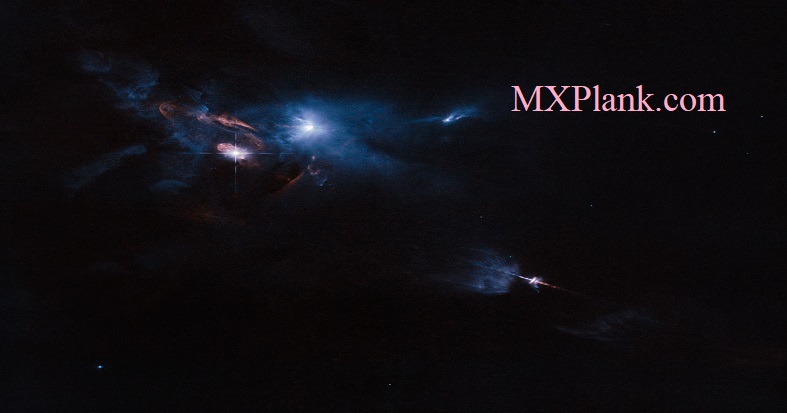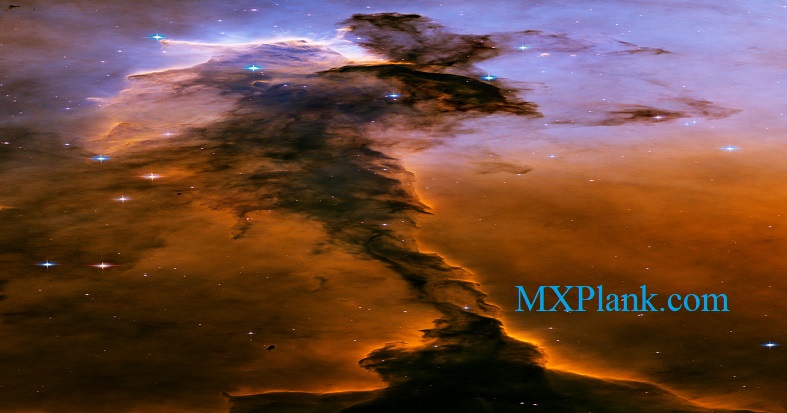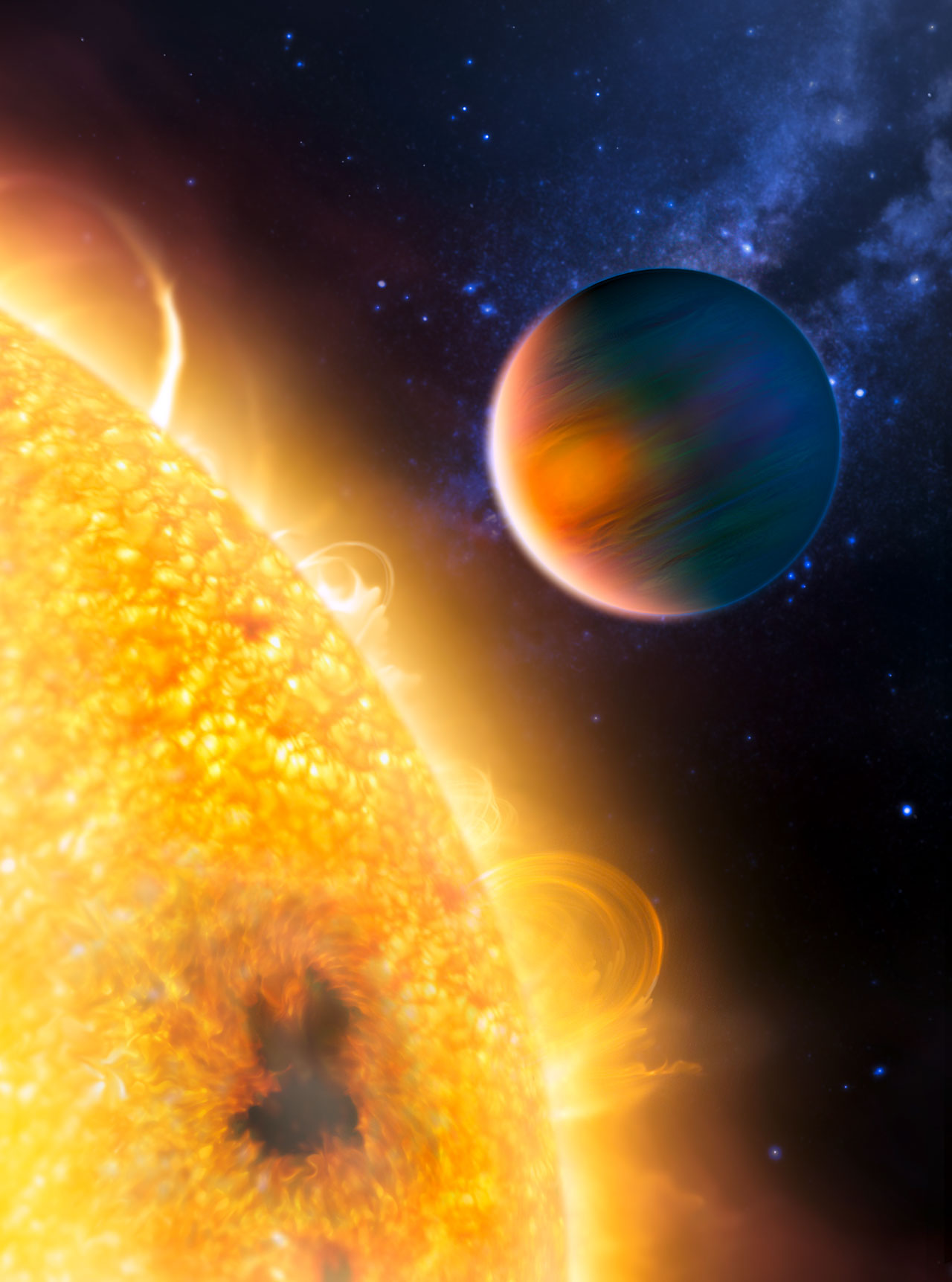
The NASA/ESA Hubble Space Telescope has snapped a striking view of a multiple star system called XZ Tauri, its neighbour HL Tauri and several nearby young stellar objects. XZ Tauri is blowing a hot bubble of gas into the surrounding space, which is filled with bright and beautiful clumps that are emitting strong winds and jets

This striking new NASA/ESA Hubble Space Telescope image shows a glittering bauble named Messier 92.Located in the northern constellation of Hercules, this globular cluster - a ball of stars that orbits a galactic core like a satellite - was first discovered by astronomer Johann Elert Bode in 1777.

Appearing like a winged fairy-tale creature poised on a pedestal, this object is actually a billowing tower of cold gas and dust rising from a stellar nursery called the Eagle Nebula. The soaring tower is 9.5 light-years or about 90 trillion kilometres high, about twice the distance from our Sun to the next nearest star.

artist's impression of the extrasolar planet HD 189733b, now known to have methane and water. Astronomers used the Hubble Space Telescope to detect methane - the first organic molecule found on an extrasolar planet